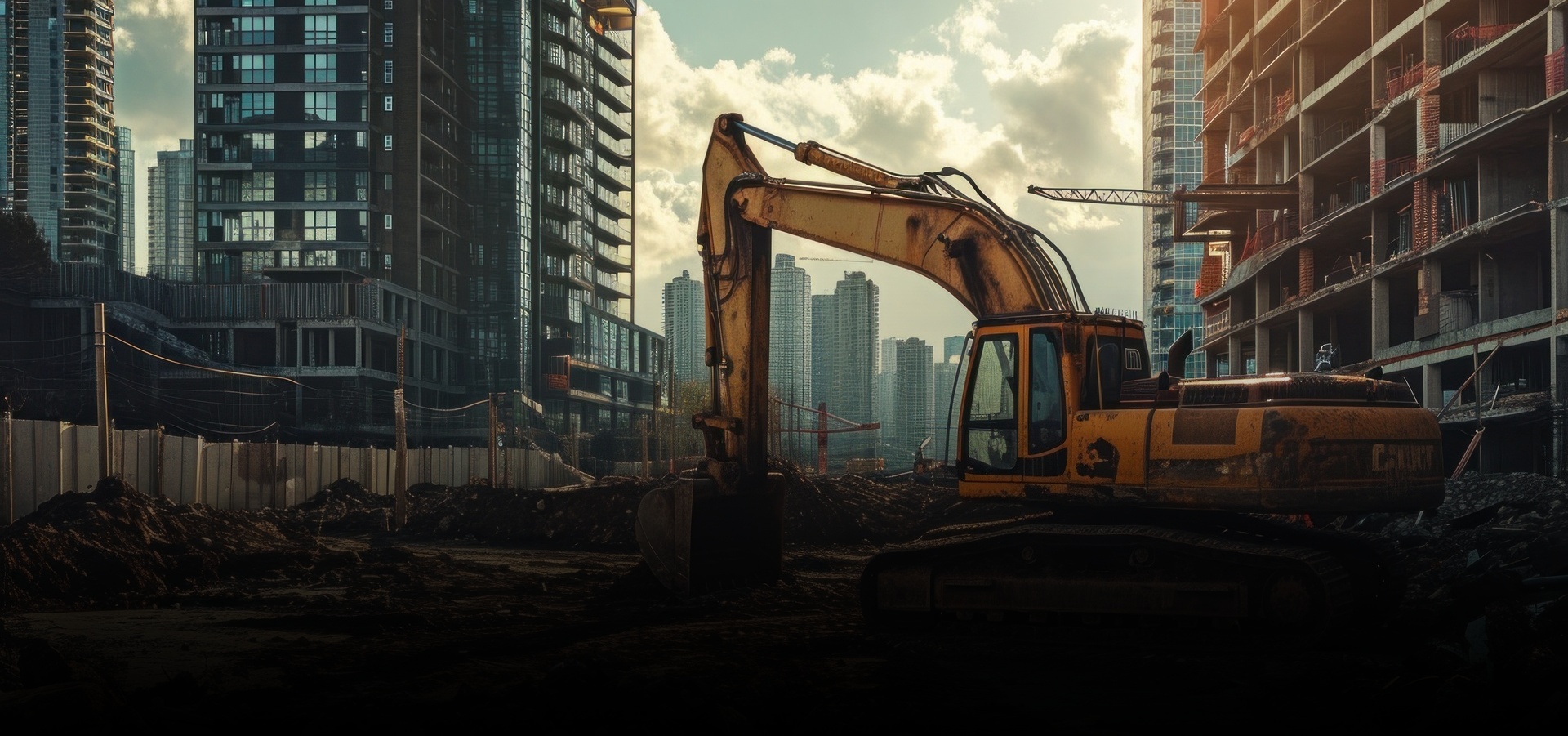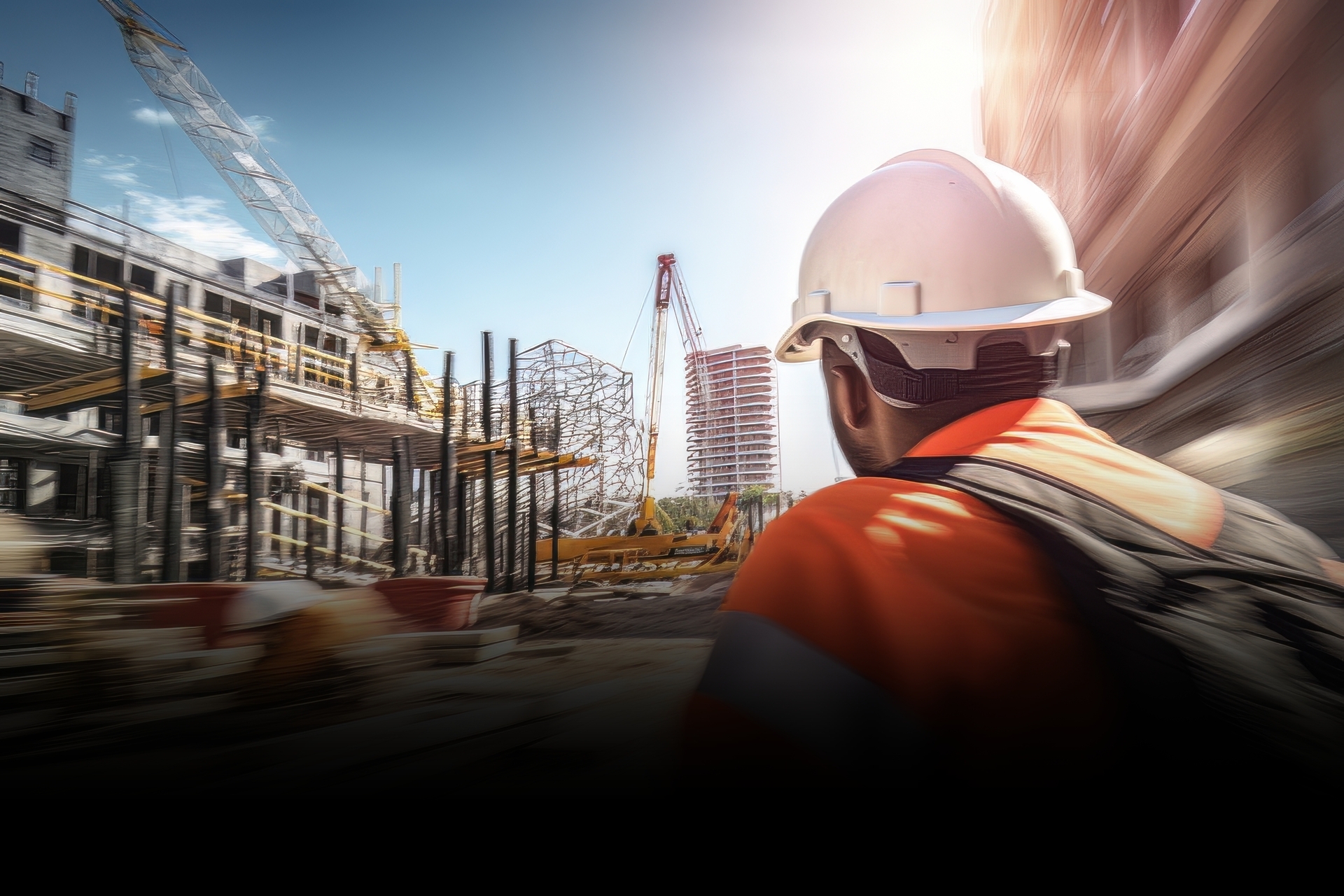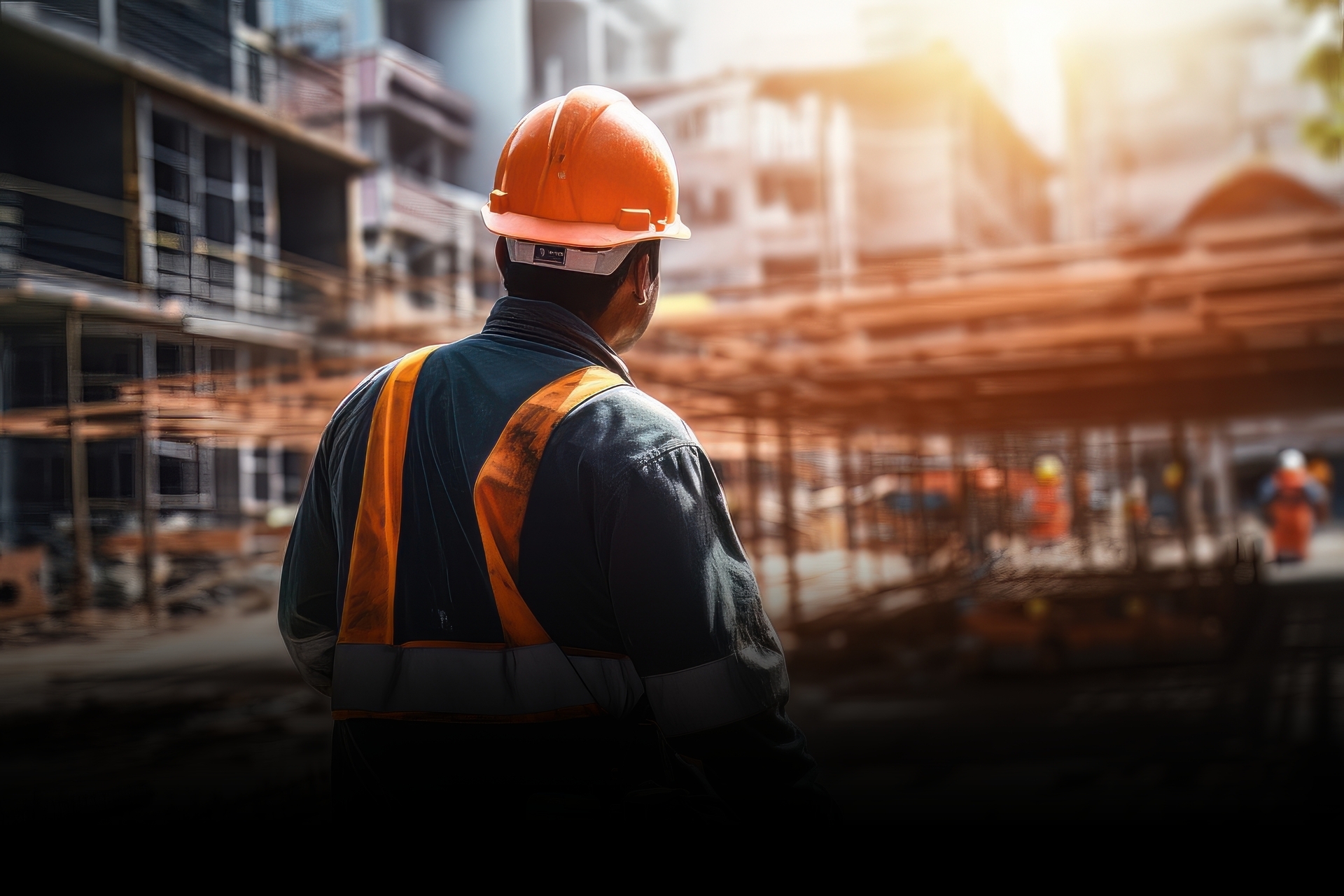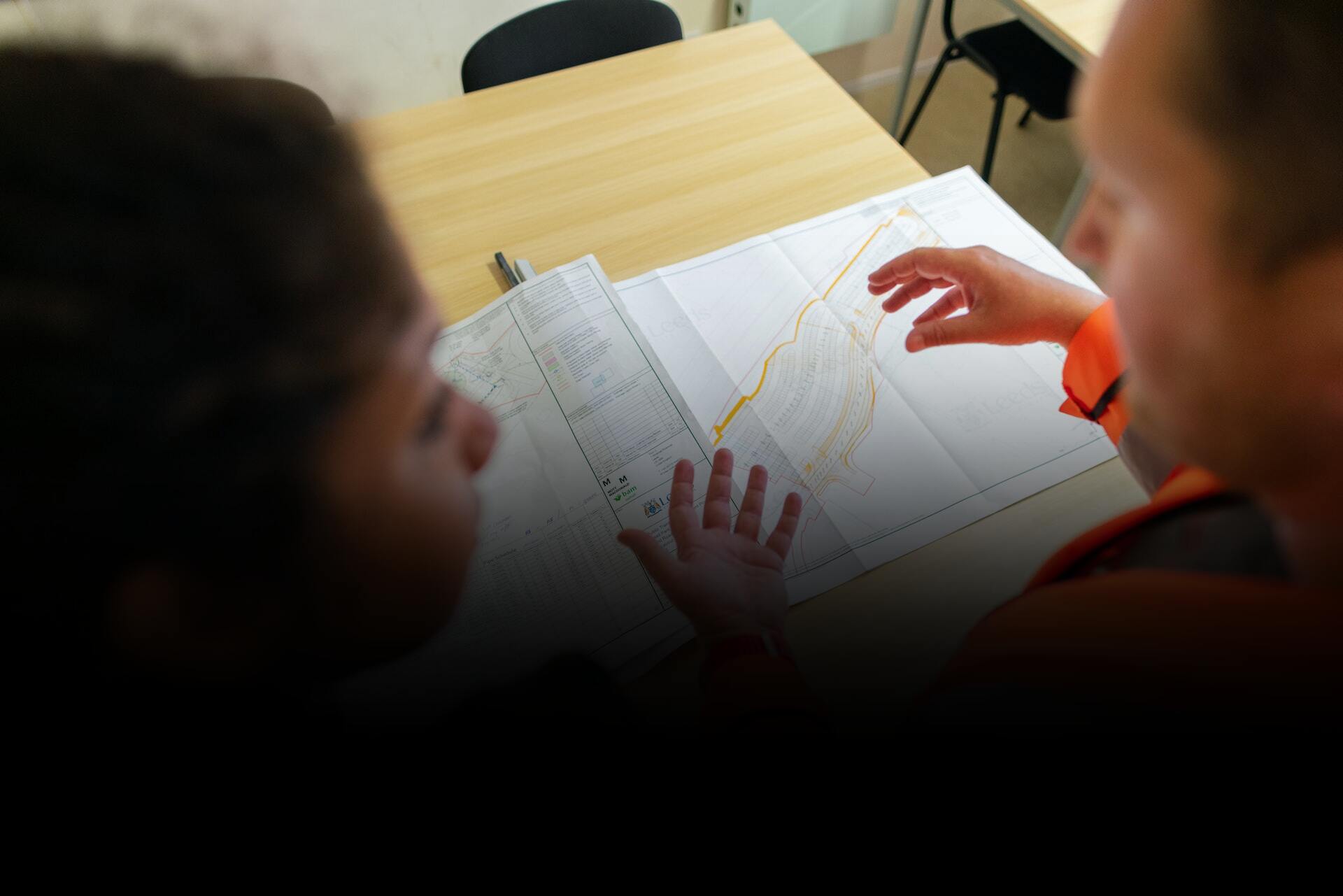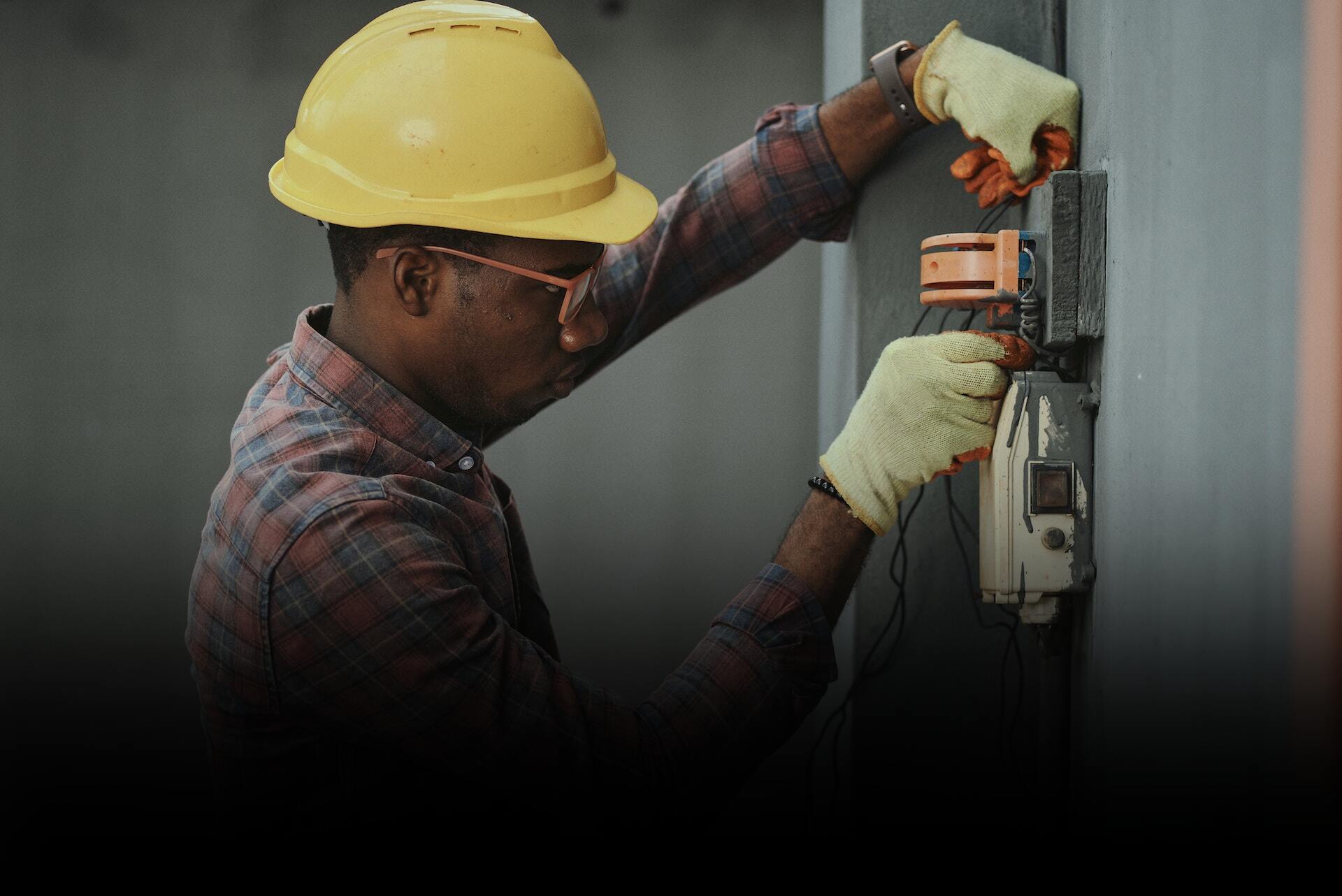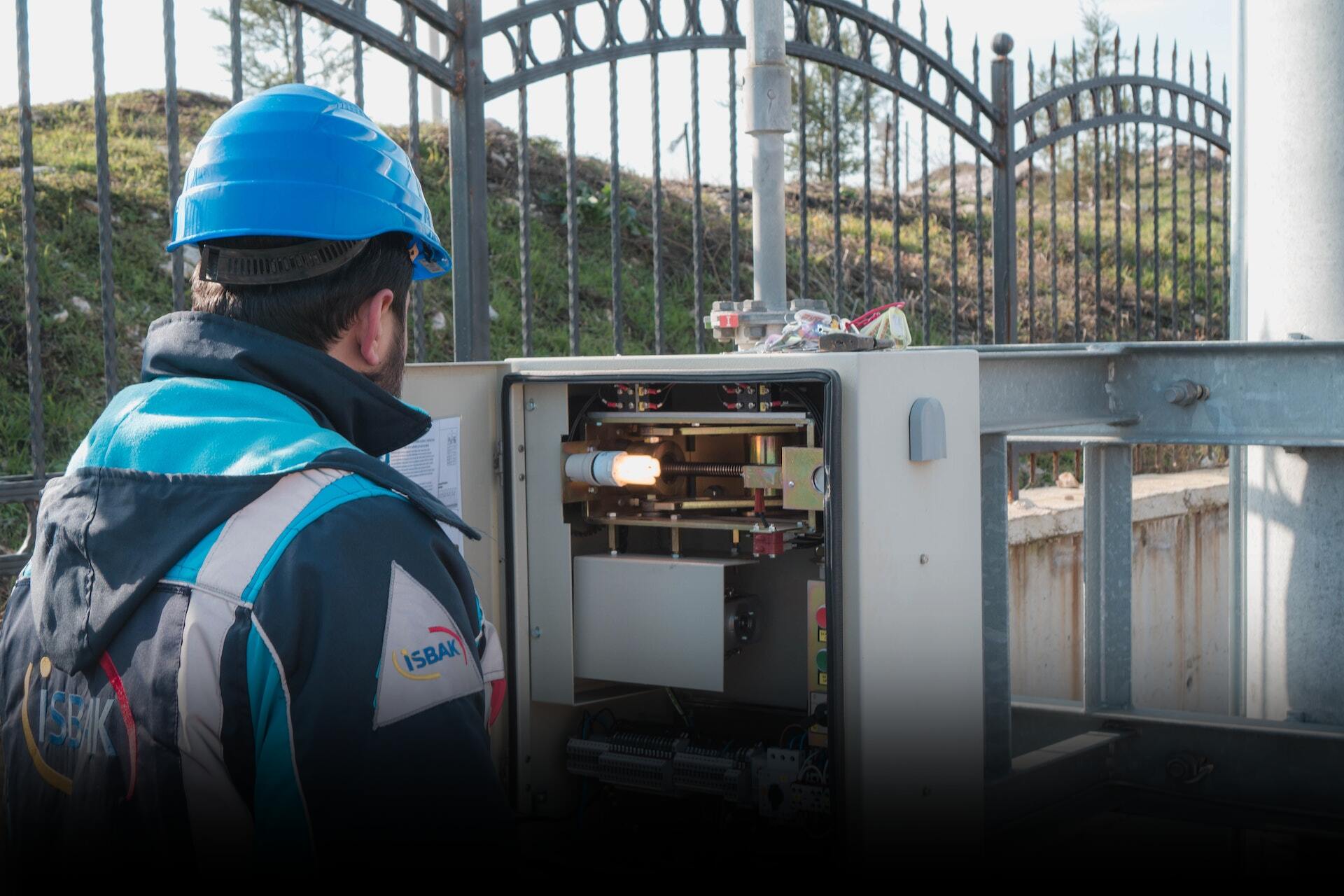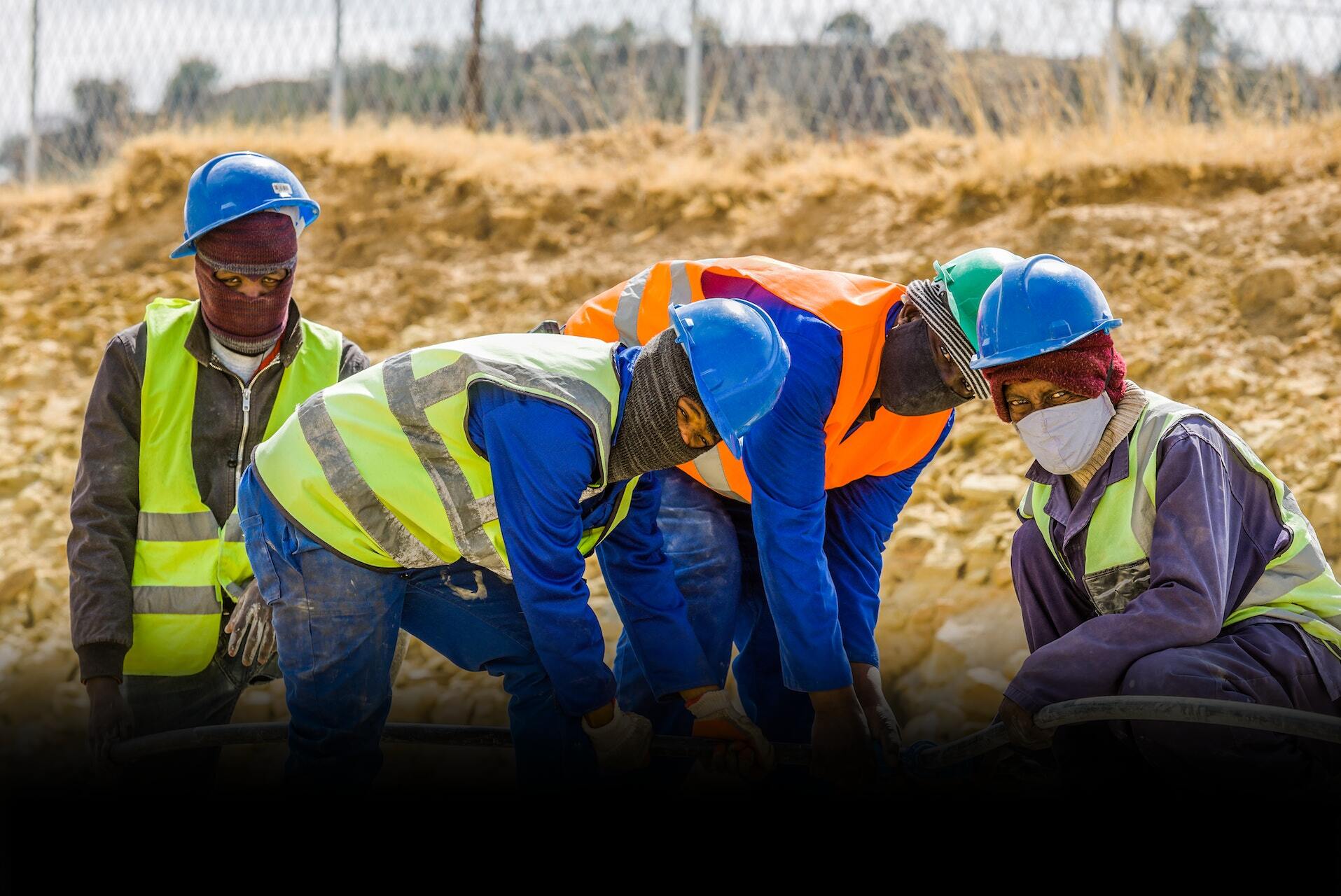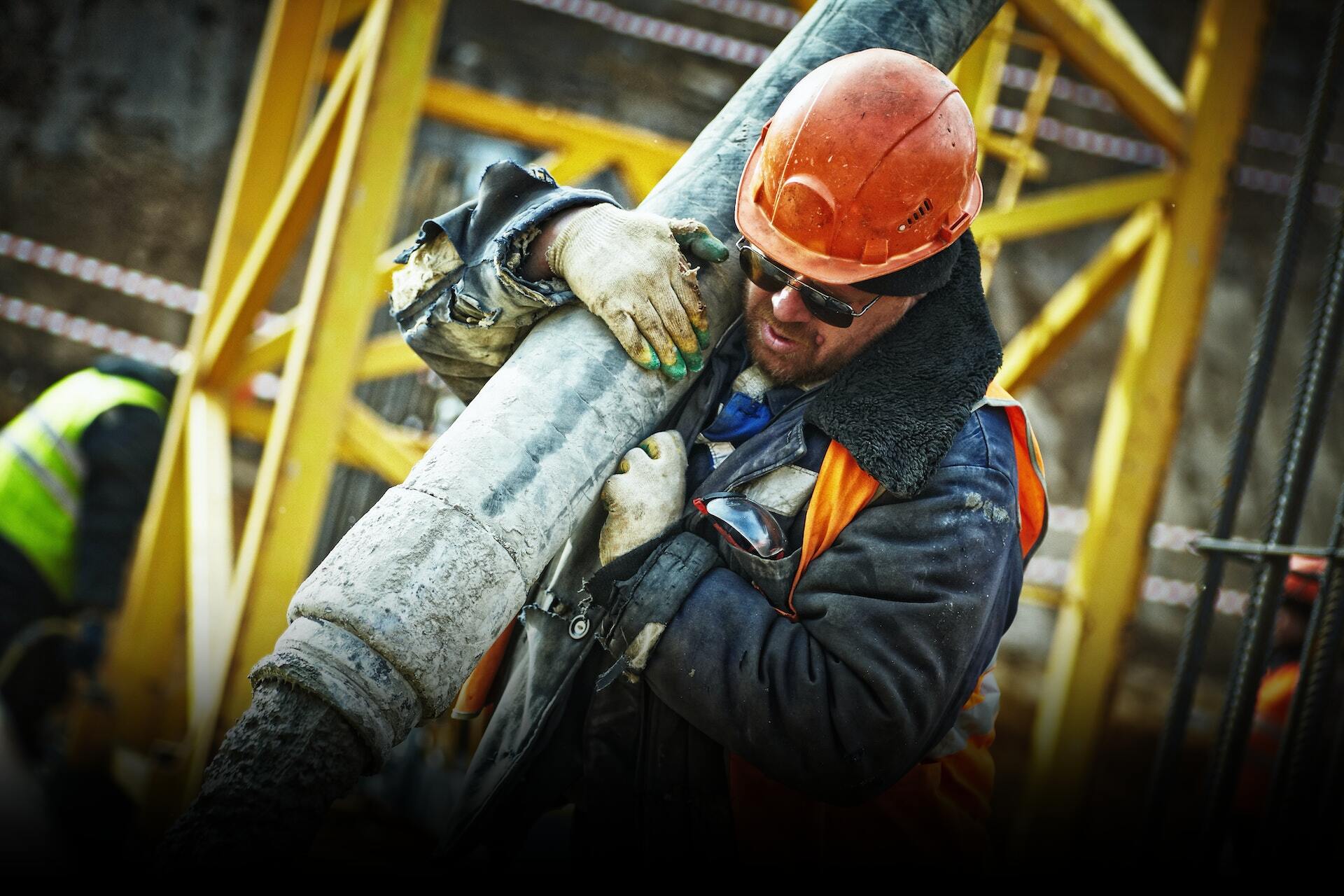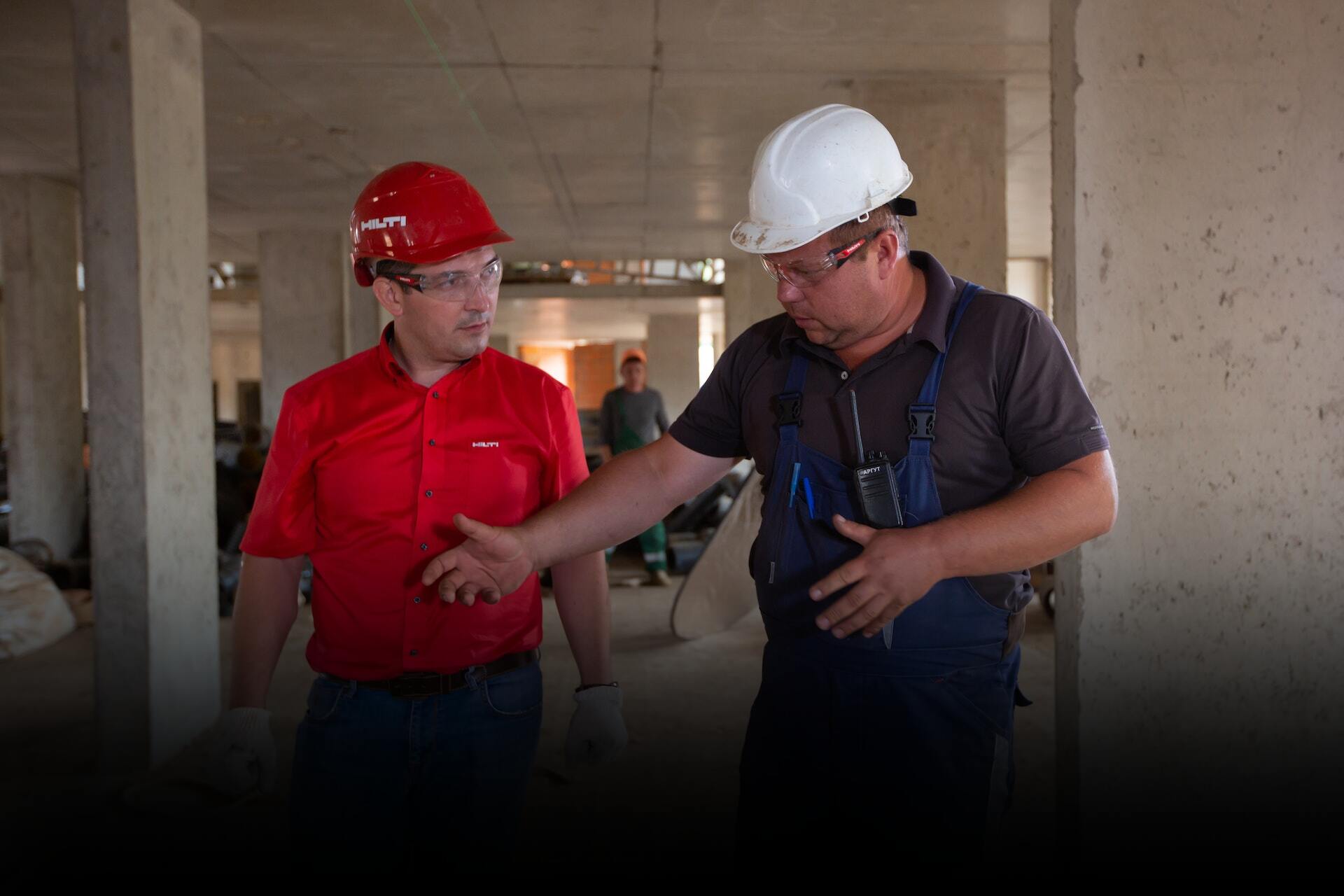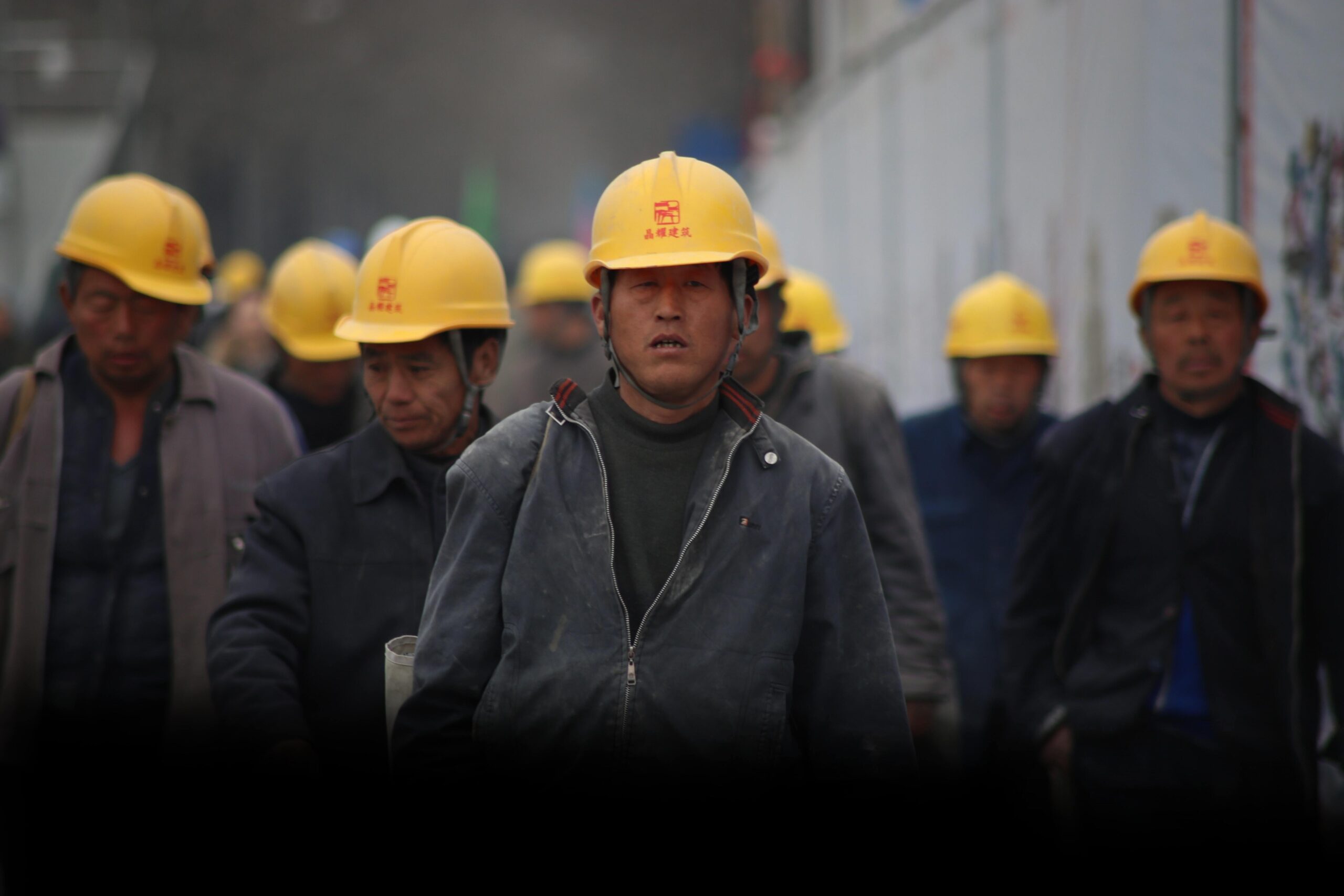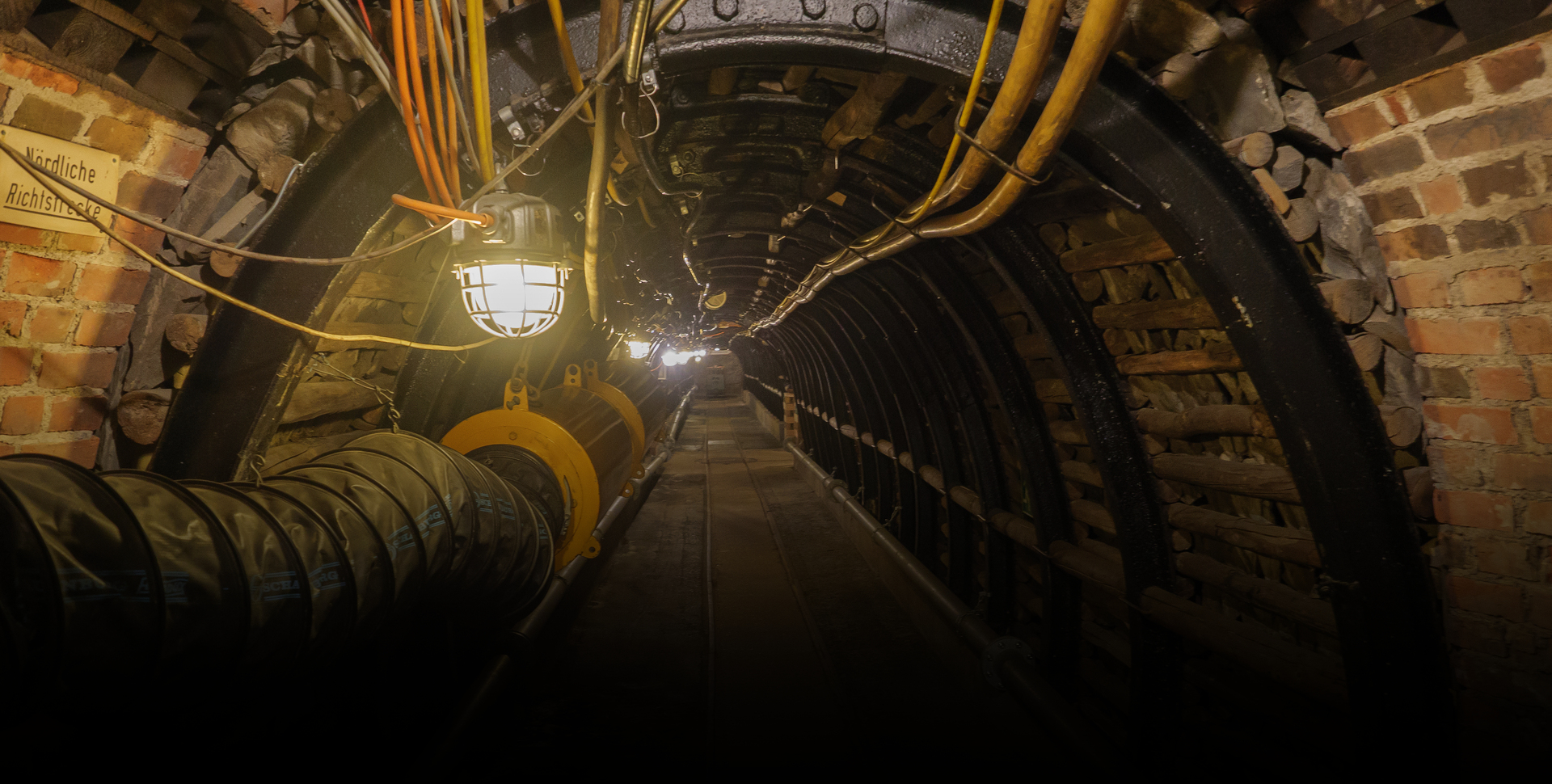
No Time to Read?
Let’s Explore the Blog Together to Know What’s Inside in 5 min summary video
This blog is for those who are involved in commissioning, planning, managing, and carrying out work on or near subsurface systems. Underground services are a crucial component of excavation, demolition, and refurbishment work, thus any damage to subsurface utilities can result in deadly or severe harm. In this article, we will continue our discussion of the potential risks of operating near subsurface services and propose effective management strategies for reducing any direct and indirect risks that may arise.
Planning The Work
Obtaining Information on Services
There are several free/chargeable services available to help with the process of determining who may have underground services in the work area and arranging for copies of plans and service records to be given. In case of emergency work, the needed information may not be available; in such cases, the site must be considered as having underground utilities.
Electricity
The regional distribution network center is the owner of the majority of electrical service cables. may, nevertheless, be owned by other entities (such as the ministry of defense, power producing firms, national grid, street lighting authority, or roadways). thus use every moment you have to find the owner and get in touch with them.
Gas
The majority of underground gas pipelines are run by public gas carriers. Before starting any work, make sure to speak with the owner or operator if there are gas pipes that are stated to be operating at pressure.
Other Services
There may be additional underground pipes near or on ministry of defence locations, universities, hospitals, and airports. When construction is scheduled on such sites, get in touch with the site’s owner or occupant to find out more particular details regarding underground services.
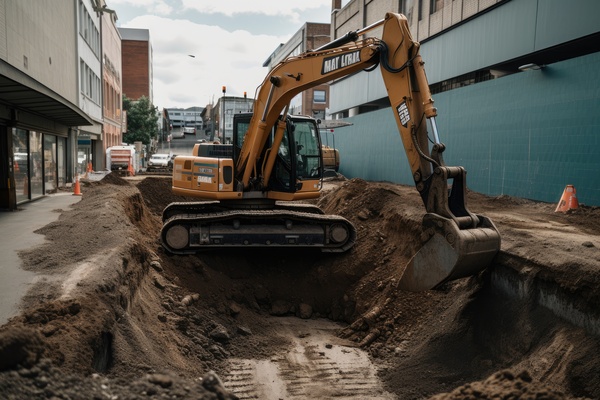
Provision of Plans by Service Owners
Owners should supply either current, readable plans showing the recorded line and depth of all known services buried in the planned work area, or other appropriate information that achieves the same goal. They should also establish strategies to cope with crises outside of office hours so that operators can be provided plans for underground services when they receive their work orders.
Use and Limitation of Plans
Plans alone are insufficient for identifying and locating providers before beginning construction. Although they vary in size, content, and style, they offer the foundation for a full site survey before construction begins. As a result, everybody who needs to use plans must be properly instructed and trained on how to understand and interpret them.
Plans can indicate the location, configuration, and number of subsurface services at a certain site, and should aid in subsequent tracing by detecting devices or locators. Keep in mind that they are not always drawn to scale, thus errors may have occurred during the drafting process, or reproduction may have altered the scale. So, do not rely solely on them to calculate distances or depths.
Why Accuracy May Be Further Limited?
- The position of reference points (kerb line) may have changed since the plans were produced, resulting in inaccurate depths.
- Cables may have been moved without the owners’ knowledge.
- Many service connections are not marked.
- Long cables might have been installed in horizontal loops outside substations, switch rooms, etc.
- Plans may indicate spare ducts.
- Older service routes may not have been documented.
Duties as a Client
Files and other data may contain information about underground services. So, keep in mind that it could have been collected for past work and is now out of date. The most recent information should be included in the tender information. Clients are required to:
-
- Make reasonable inquiries concerning underground services and
- Provide relevant information to the designer(s) and contractor(s).
- If unable or unwilling to gather this information:
- Must give the contractor enough time and resources to do it instead.
- Assess how contractors handled the dangers associated with subsurface services.
Assume under ground services are present unless been shown otherwise.
– Safety Advisor
Duties as a Designer
- Must minimize associated risks with underground service damage
- Advise workers about any remaining concerns,through working drawings.
- Relocating services away from construction sites (risk-reduction strategy).
- Avoid services during construction by:
- Repositioning or redesigning structures,
- Disconnecting the supply, or
- Using ground beams to bridge or span them.
- Make the electrical cables dead so that the work can proceed securely.
- Contact electrical companies as soon as possible to isolate supplies.
- Plan your project timetable to give enough time for this to occur.
- Never Place a permanent construction over services,
- Never encase services in concrete because:
- This may pose extra hazards to construction workers
- Impede future access to the services.
- If it is impossible to prevent putting structures over any service
- Work with the utility to relocate the services in a duct.
Duties as a Contractor
Contractors must provide safe work environments for their employees by identifying and assessing potential dangers. Provide clear information on underground services, including their type, location, and status, as well as the necessary instruments, equipment, and working methods to prevent damage.
Ensure that personnel doing the work have enough information, clear instructions, and training to do so safely, and that the task is properly managed and supervised. Prior to coming on site, information on the dangers associated with underground utilities should be delivered. Where services have been disconnected, this should be documented, and information about where and when the disconnect occurred should be provided to contractors working in the area. Co-operate with any major contractor to ensure that any rules or agreed-upon working methods are followed.
After the job is finished, advise the client and the owners of any other services came across about any newly installed or discovered subterranean services. This will enable them to update their own records regarding the status of their services, and it ought to be shared with those who require it for upcoming development, maintenance, and repair projects.
In Summary
Determine the precise boundaries of the work area and identify any underground utilities present before determining whether or not they are likely to be affected:
- Obtain service drawings from companies that provide utilities and other necessary site information.
- For the benefit of the workers, the service location details ought to be replicated onto the working drawings.
- All relevant elements, such as valve pits and depths, should be included in the information.
- Examine the area to locate any underground structures and services. Take note of where any services are located.
- Where topographical changes have occurred since services were laid, exercise extra caution.
- Evaluate and review the scheduled work to minimize any potential disruptions to services.
- During the planning phase, the work area should undergo a mapping and service detection survey.
- Give yourself the time and resources to complete the task safely.
- By preventing damage to underground assets and facilitating effective work scheduling,
- The time invested in a survey at this point can save a substantial amount of money and reduce work delays.
- Risk assessment of the work is still necessary for emergency work.
- It is necessary to proceed cautiously before starting construction.
- Ensure that those interpreting plans possess the necessary training and expertise to comprehend what the plans represent and,
- Ascertain whether services will probably be present on the job site.
- It is frequently necessary to install new underground services in areas already linked to existing utilities.
- The designer planning the new installation should try to locate it as far away from all current underground services as possible
- It’s essential to know about current services in order to choose a path for the new service that stays clear of them.
- Selecting a path with less underground service density can lower the chance of coming into contact with current services.






